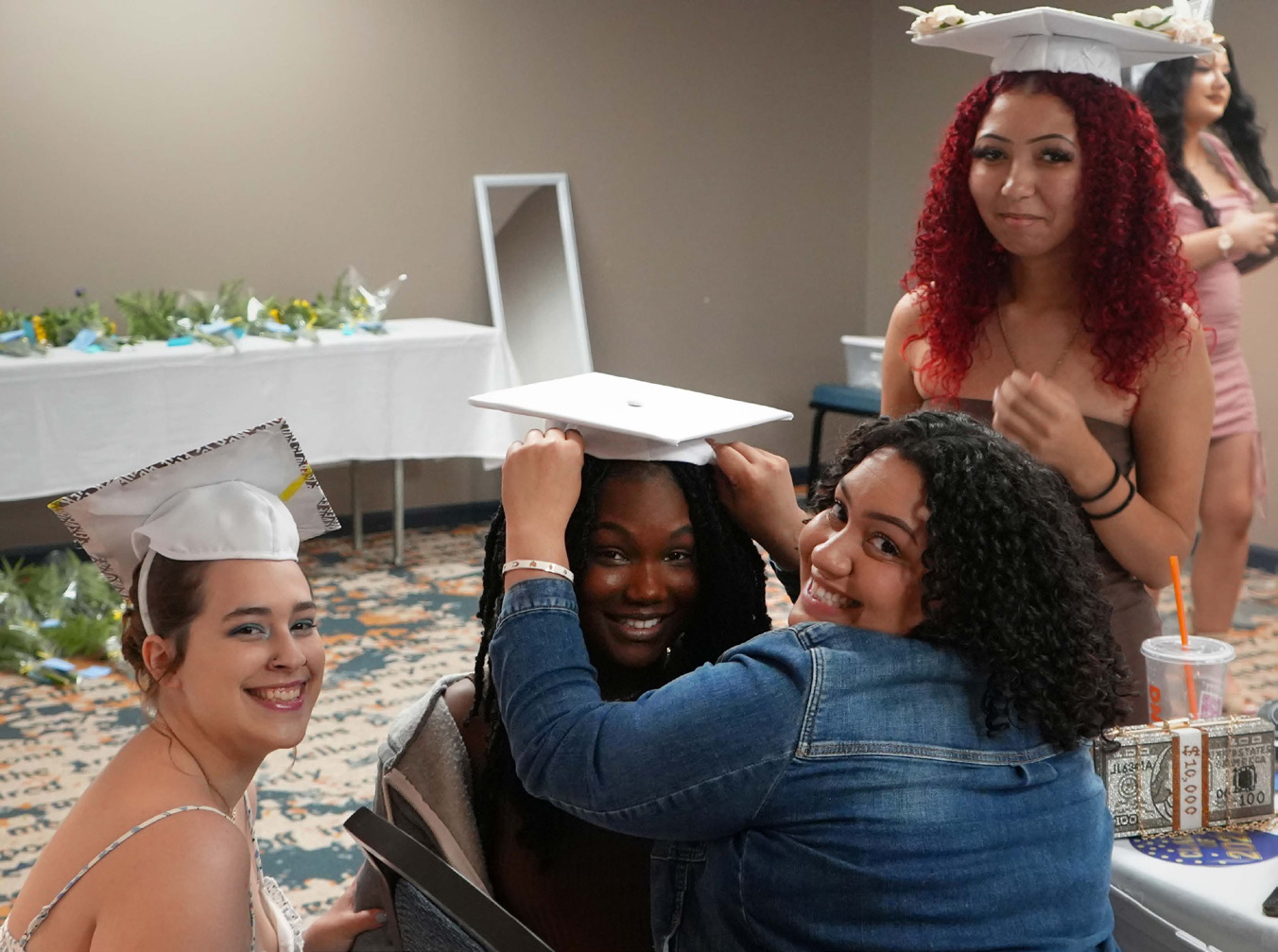Note: This is taken from the Rennie Center’s newest report, “Rethinking Education: Reimagining when, where, and how learning happens.”
Map Academy is an alternative charter public high school in Plymouth, Massachusetts that serves students up to age 24. Founded on a belief that every student has the ability to succeed when given the opportunity, the school primarily serves students who have struggled in traditional school settings or have faced significant barriers to education. Map provides students with an individualized, competency-based learning experience where they can progress at their own pace on their journey to a high school degree. Thinking creatively about teachers’ roles is a core component of the school’s success.

Teachers’ work days begin and end with Anchor, which is a dedicated block for a small group of students to meet with an adult in the school who supports them both emotionally and academically. During Anchor, teachers and students meet individually to build relationships, develop daily academic goals, and track progress towards individualized student success plans. In addition to their work providing individualized student support, teachers work collaboratively on interdisciplinary teams called Learning Studios. Map Academy has three Learning Studios as well as an Evening Studio, accommodating a total of 275 students. While each Learning Studio serves about 70 students, students are never all in the Studio at the same time. Older students, who may have work, parenting, or other responsibilities, have the option to create customized or drop-in schedules to ensure they can complete their schoolwork while also fulfilling personal obligations.
Within each Learning Studio, students work independently or in small groups towards their individualized goals. While students are primarily responsible for setting their goals each day, teachers provide support to ensure students work on an appropriate balance of subjects in order to attain their high school diploma. Teachers have the autonomy to structure their day and play a facilitating role, working with students individually or in small groups based on students’ unique needs.
The model works well for mission-driven teachers who seek to empower students to have agency over their learning. The impact of this work has been seen in strong feedback from teachers and students alike, which is also exemplified by the school’s strong teacher retention. While many of the ways that Map is rethinking teaching are most relevant in alternative and competency-based school settings, others could be applied more broadly. These include the thoughtful design of beginning and end-of-day advisory periods, the use of individualized student plans to drive teacher-student interactions, and the role of teachers as facilitators of individual and small-group learning.
Read the Rennie Center’s full report online to learn more about Map’s teaching model.
 Back To MCPSA News
Back To MCPSA News
